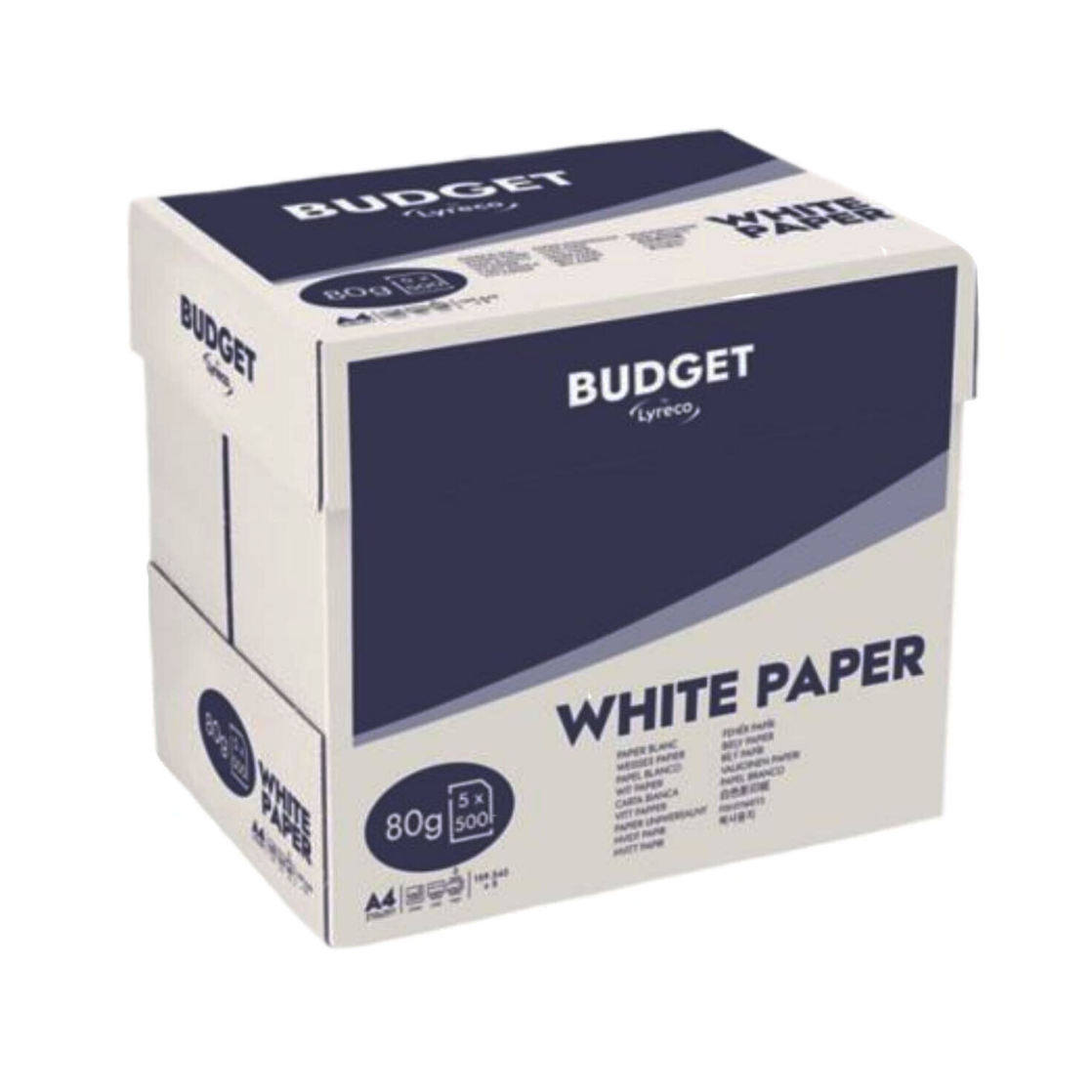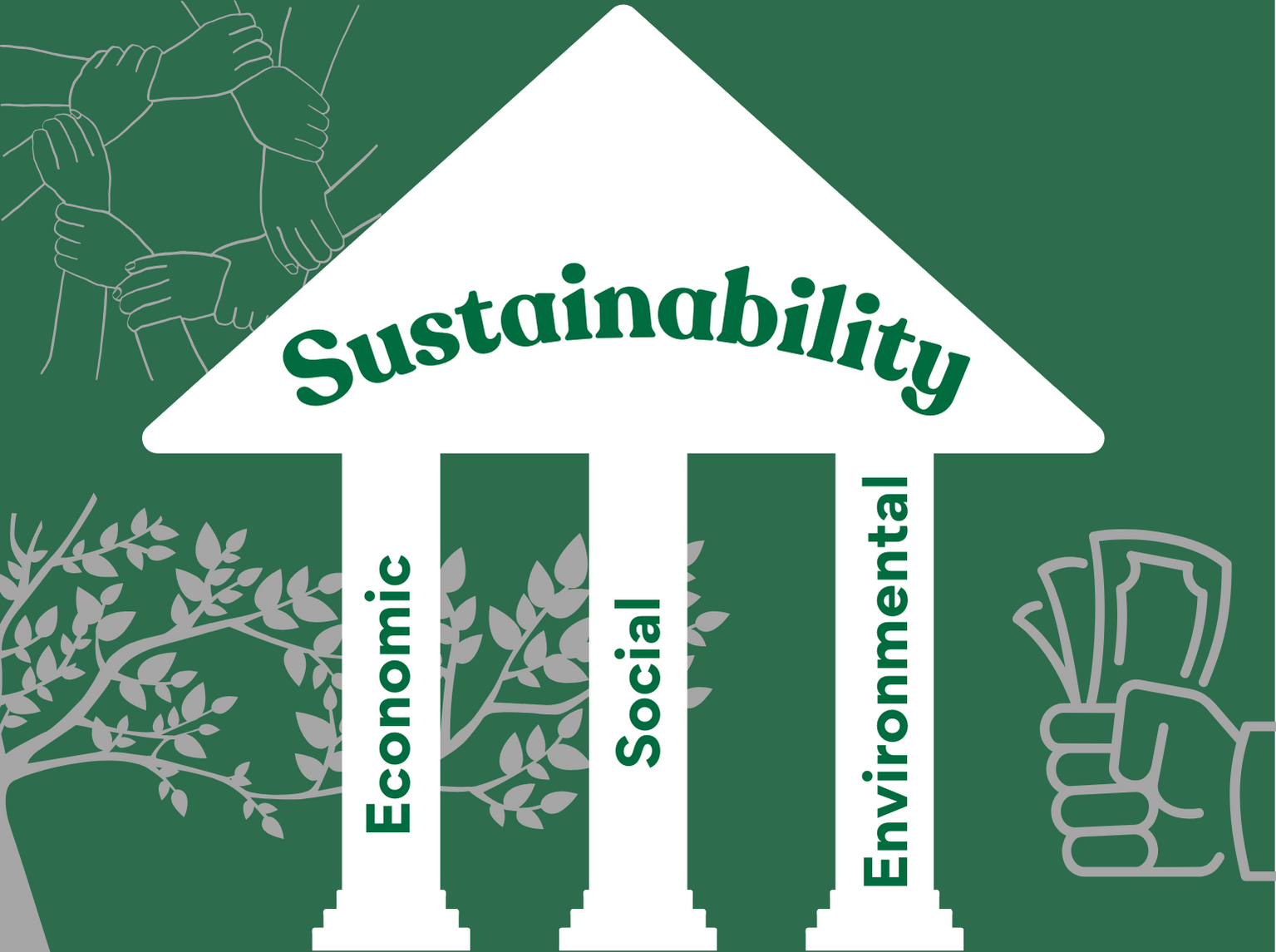Ever wondered what those three sustainability pillars actually mean? Well, let's break it down in simpler terms, starting with sustainable development. Per the Brundtland Report we can get a proper definition.
Sustainable Development is meeting the needs of the present generation through a balance social, economic, and environmental factors without compromising the ability of future generations to meet their own needs
Now, it is no secret that achieving this balance isn’t easy. With our current technology and community set ups, it has become a bit of a challenge. But these can be improved over time if handled properly. With the right management plans in place, we can definitely make progress.
Let’s get into some more definitions of the 3 pillars.
First up, we’ve got social sustainability. This is all about building systems and relationships that make our communities happy and fair for everyone. No discrimination here—just opportunities for all!
Next, there's environmental sustainability. This one's all about looking after our planet, conserving natural resources, and making sure we don't mess up its ecosystems. We've only got one Earth, after all.
Last but not least, economic sustainability. It's about making sure our economy keeps growing without leaving anyone—or anything—behind. Because what good is a thriving economy if it's at the expense of our social or environmental needs?
Now, here's the catch: all three pillars are equally important. It's like a three-legged stool—if one leg is shorter than the others, things are going to get wobbly real quick. They need to maintain proper balance in order to achieve long-term sustainable development.
The interactions between these three pillars are extremely important, and can also be extremely harmful if not done correctly. Take social and environmental sustainability for example. These two pillars combine to create livable conditions for people, and keep the environment out of harm’s way. But throw economics out of the mix, and suddenly we’ve gone broke and cannot afford to maintain the conditions we’ve created. The money ran out, and now were stuck at square one.
Again, let’s just take social and economic sustainability instead. Profit is booming, people are rolling in money, and everyone is getting along with plenty of opportunities and happy lives. But, we’ve degraded the environment so bad we will never be able to maintain the things we have bought. And now, there is not any resources left to build anything else. This is because the environmental sustainability was neglected, like building a house without a foundation – it was only a matter of time before it all came crashing down.
When it comes to running a business, incorporating the three pillars of sustainability into decision-making processes is key. It's not just about being environmentally friendly—it's about finding ways to make a positive impact across the board. Here's a closer look at how each pillar plays out in the real world:
Economic Sustainability
Making money might not seem like the most eco-friendly thing ever, and many environmentalists see making profit and greed as two sides of the same coin. But its not about greed, it is about using profits for good, with good intentions for the public and the environment in mind. Here is how this can be done:
- Sticking to standards like ISO 50001 to boost energy efficiency and performance
- Keep an eye on environmental and social risks during production
- Stay honest and transparent during business dealings
- Make that money, but not at the expense of the planet or people
Environmental Sustainability
This one’s a biggie, and often the most misunderstood. Sure, we can't keep sucking resources out of the Earth like there's no tomorrow. But that doesn't mean we have to stop altogether. Here's the deal:
- Cut back on fossil fuel use wherever possible
- Say no to environmental destruction
- Embrace the circular economy – reduce, reuse, recycle!
- Invest in carbon projects to offset emissions
- Green up your supply chain and business operations
- reducing emissions from all business activity
- Make sustainability a part of your business model, with proper representation
Social Sustainability
Let's talk about people. Because at the end of the day, it's all about making sure everyone gets a fair share. Here's how we can do it:
- Stand up for human rights, no exceptions
- Celebrate cultural diversity – its what makes the world interesting and unique!
- Invest in community development initiatives
- Keep your trade practices ethical
- Show some solidarity with your fellow humans
- Share knowledge and work together towards a brighter future
And there you have it—three pillars, endless possibilities. By embracing economic, environmental, and social sustainability, we can build a better world for ourselves and future generations. So why wait? Let's get started today, together.








